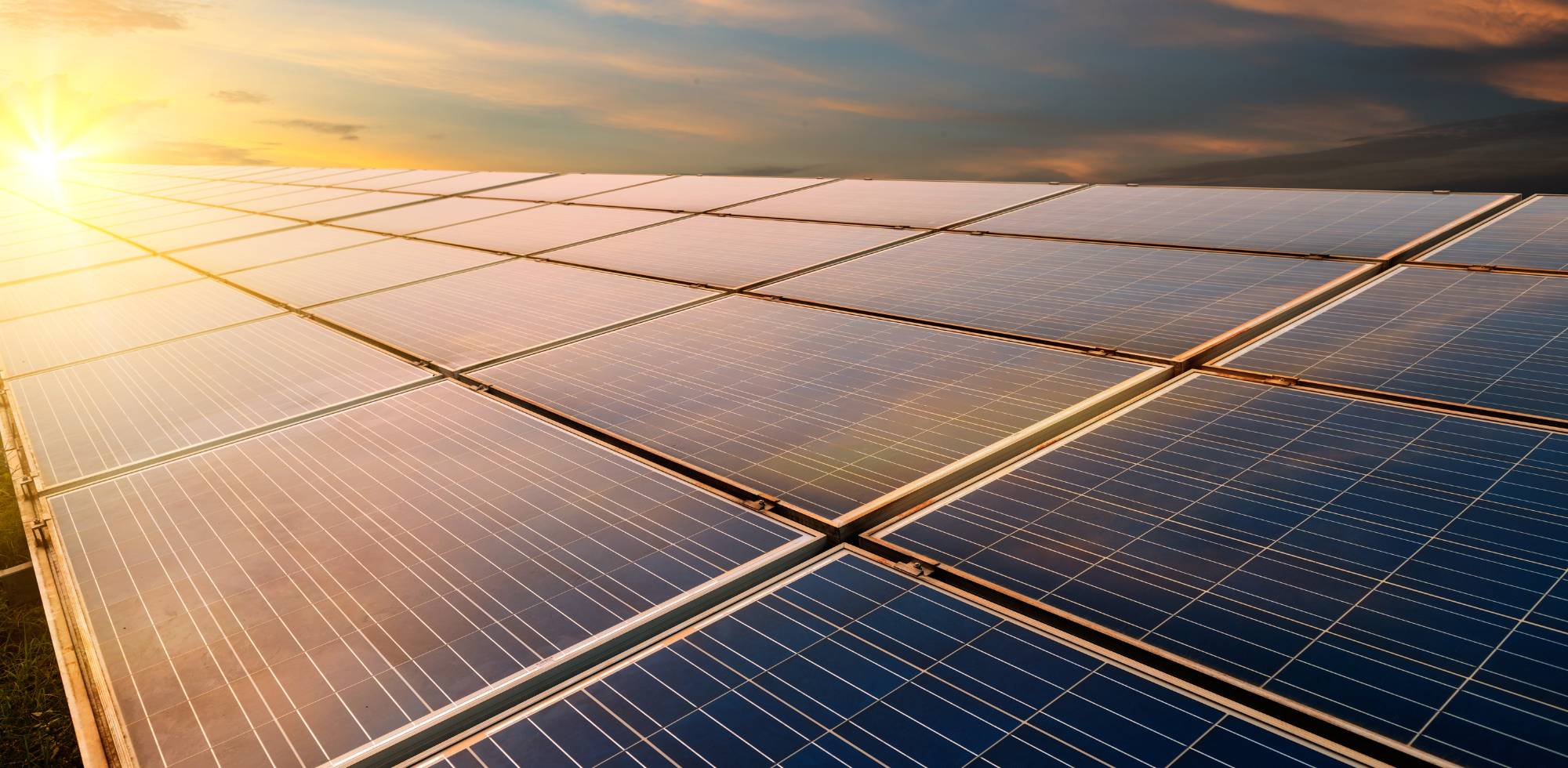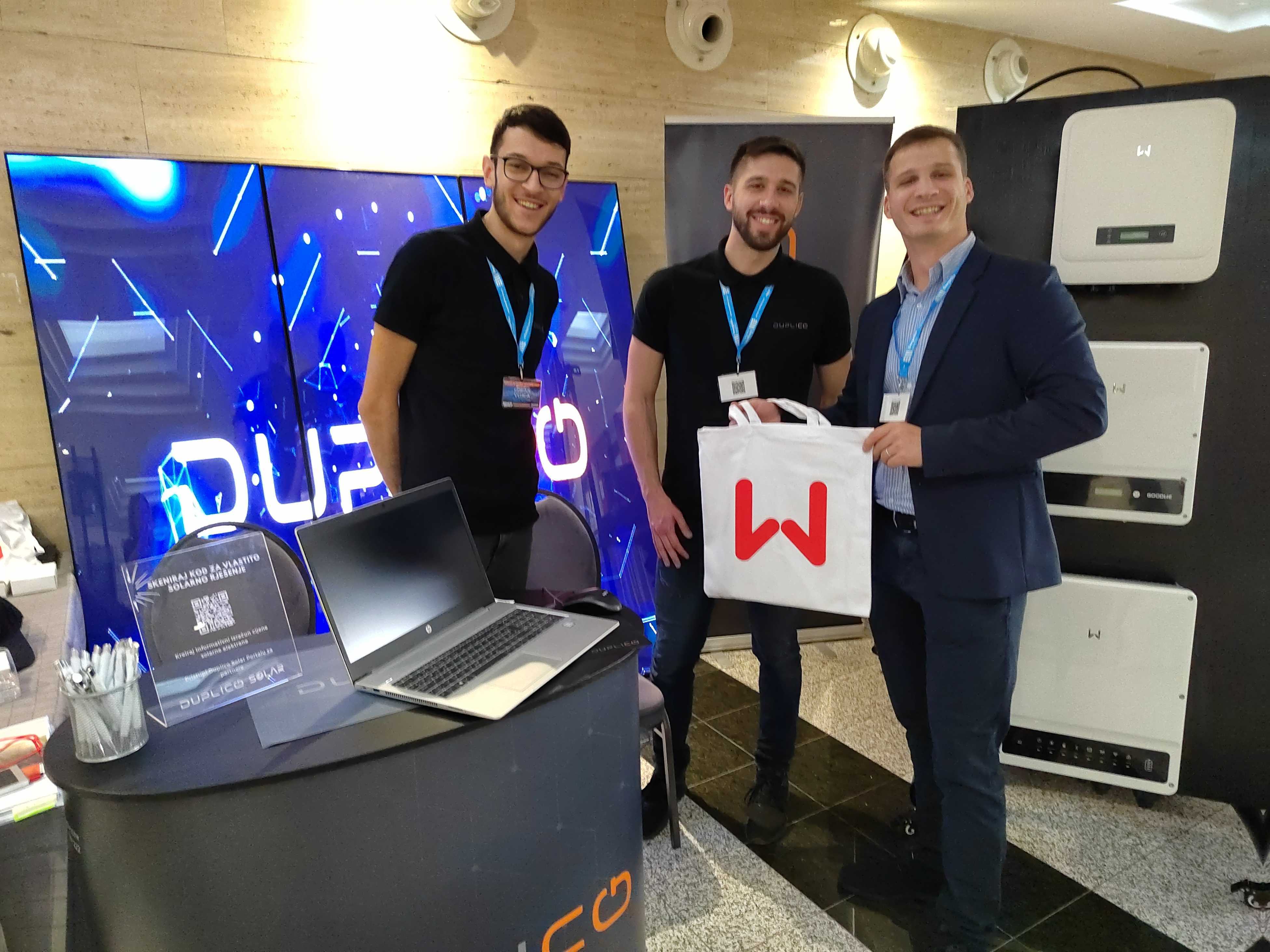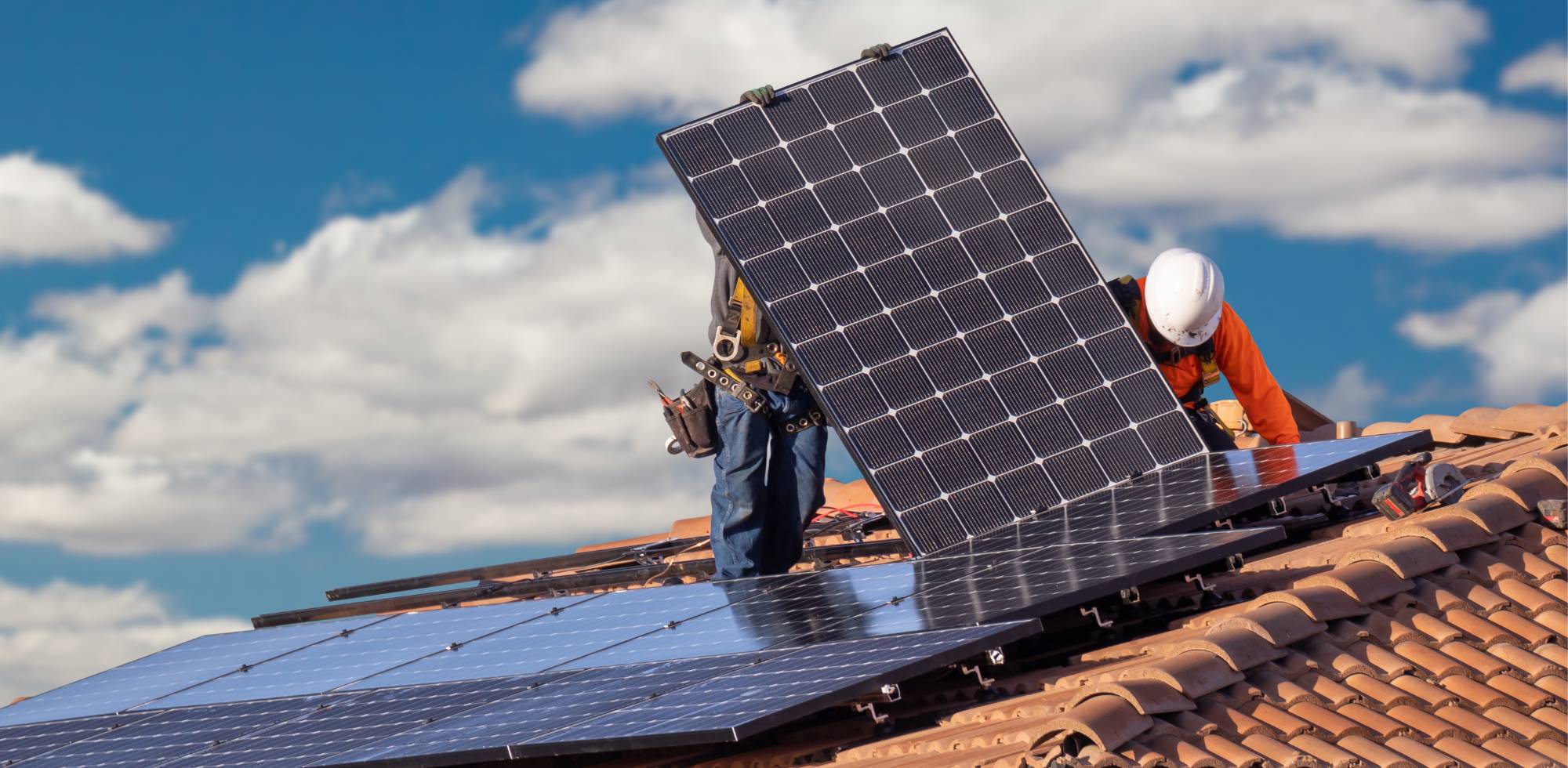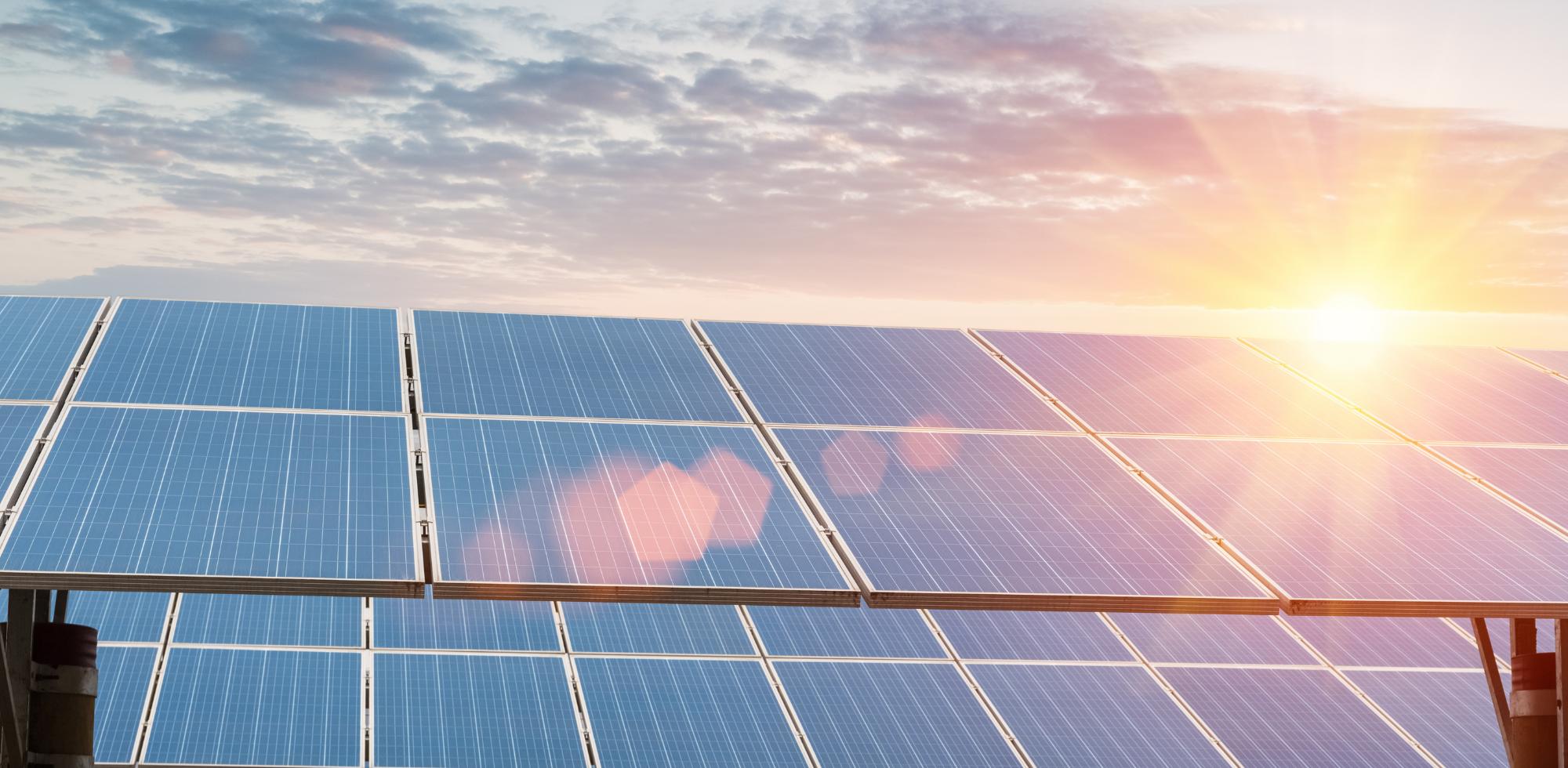Solar dictionary
Alternating electrical energy – variable electrical energy that has a variable flow of electric charge.
Calculation measuring point - a place in the electric power network where electricity parameters are measured using meters and other measuring equipment to create a calculation.
Central inverter – a device that converts direct current electricity created by a solar cell into alternating current, so that it can be used by the owner of the solar power plant.
Delivered electricity – the total amount of electricity produced by the solar power plant that the user handed over to the distribution network, which was calculated at a specific metering point.
Direct current electricity – electricity that has a constant strength and only one direction of movement.
Electric meter or electricity meter – a measuring device that records and measures electricity at the measuring point, to calculate the production and/or consumption of electricity.
Electric power network - power supply network (contains a set of connected units of the power transmission and/or distribution network.
Electricity suppliers – institutions that supply end customers with electricity (for example, HEP).
Energy community of citizens – a legal entity in which members voluntarily participate in producing, storing, and distributing energy from renewable sources.
kW (kilowatt) – measurement unit for power. 1 kW = 1000 W (watts). It is used to measure the electricity produced by the solar power plant.
Micro inverter - devices that directly convert direct current to alternating current so that microinverters are placed under each solar panel so that each panel can work independently in case of problems with the other solar panels.
One-tariff calculation of electricity – electricity is calculated according to the same daily tariff, that is, the price per kilowatt is the same throughout the day.
Photovoltaic modules – solar-powered devices that generate electricity. They are made up of a series of solar cells that emit free electrons when exposed to sunlight.
Power optimizers (string inverters) – devices that convert direct current electricity into alternating current. The optimizer allows all connected solar panels to have equal output, that is, the output of each solar panel is equal to the one with the lowest output.
Purchased electricity – the total amount of electricity purchased by the customer from the power grid within the billing period (measured in kWh).
Renewable energy – energy produced thanks to natural sources such as sunlight, wind, and hydropower…
SEMS – an innovative platform for real-time monitoring and management of solar power plants in various locations.
Solar inverter – a device that converts direct current electricity produced by the solar panel into alternating current electricity used by the facility.
Solar or photovoltaic power plant – a device that uses solar energy to produce electricity.
Solar energy - sunlight harnessed with technologies and converted into electrical or thermal energy.
Solar calculator – determines an object’s solar potential. By entering the necessary parameters such as the average monthly electricity consumption, the size of the rooftop, the type of electrical connection, etc. The calculator evaluates the cost savings and the required power of the solar power plant for the household.
Solar or photovoltaic cell – a device that converts solar energy into electrical energy using the photoelectric effect. When the sun's rays touch the solar panel, the solar cells absorb the sunlight and create electrical charges that enable the flow of electricity in the solar panel.
Solar or photovoltaic panel – a set of solar (photovoltaic) cells.
Solar or photovoltaic power plant – a set of solar panels.
Smart houses – houses controlled by an automation system. The solar system can be controlled with features offered by the smart home such as the use of software to monitor and manage the solar system.
Smart devices – devices with ‘smart’ sensors connected to the production and distribution of solar energy. Such devices allow users to monitor and control the solar system in real time.
Smart meters – an advanced meter that monitors user consumption data, offering transparency and efficient planning of electricity production and distribution.
Single-phase connection - used for electricity that has one phase. The most common in households and the voltage is 220 watts.
The user of the electric power network – a natural or legal person who supplies electricity to the distribution network or receives electricity from the network.
Three-phase connection - used for electricity that has three phases. They are used for the distribution of electricity of higher power and over longer distances. The voltage between the phases is 380 watts.
Two-tariff calculation of electricity – electricity is calculated depending on the selected tariff model.
User with own production – the user who uses a solar power plant in the household for self-supply of electricity. The user can sell the excess collected electricity and hand it over to the supplier based on the agreed contract.
It takes a couple of minutes for you to calculate the expense of your solar project. Try it out here.



